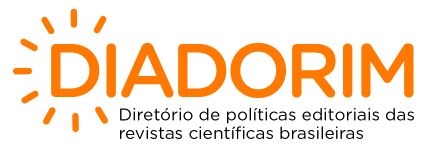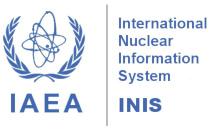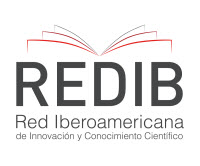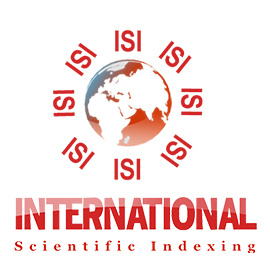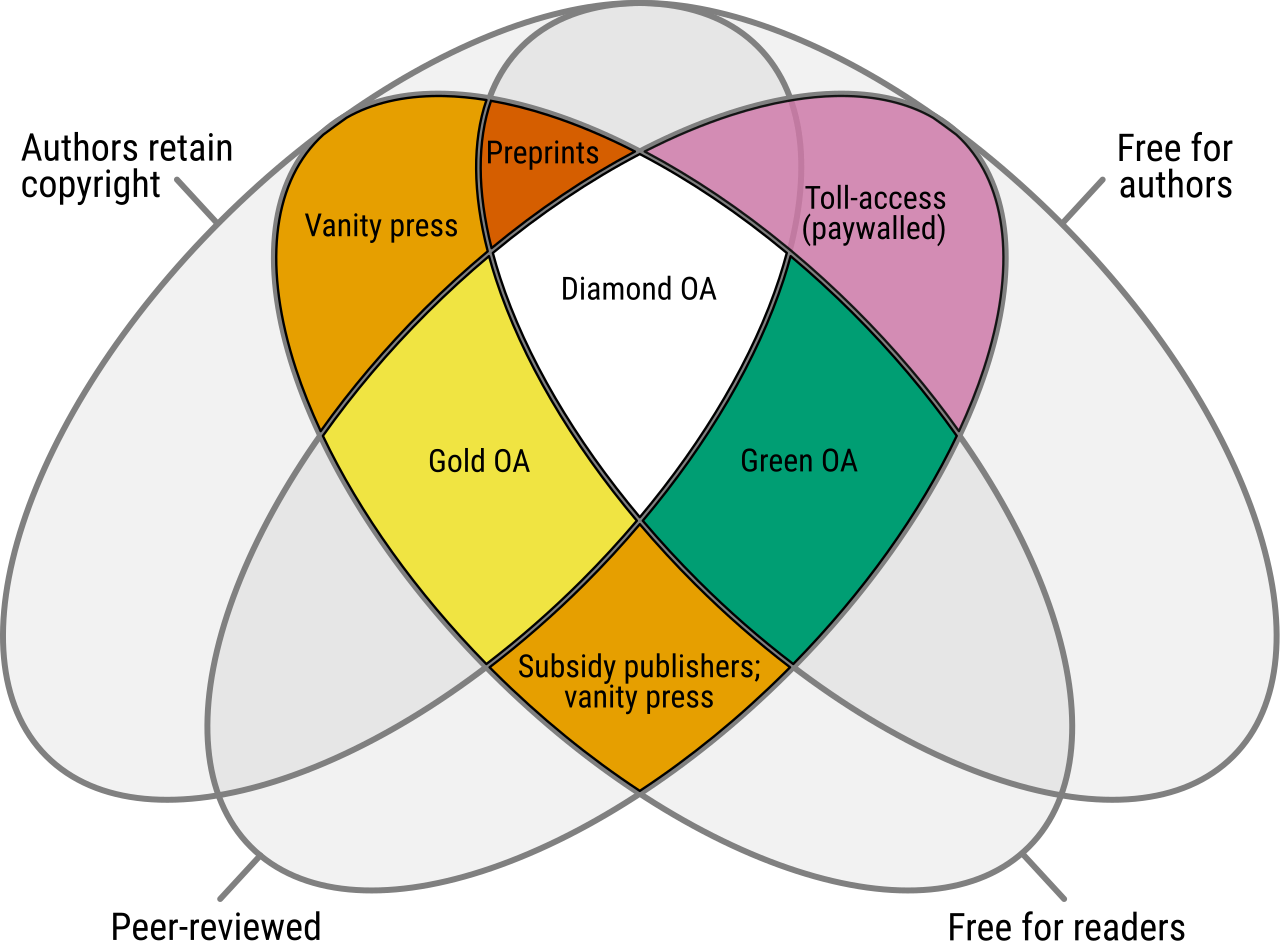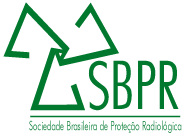Effective social participation in radiation protection: a necessary approach to indoor radon programs in Brazil
DOI:
https://doi.org/10.15392/2319-0612.2025.2869Keywords:
Radon exposure, public engagement, health communication, behavioral change, community participationAbstract
Effective social involvement in nuclear science and radiation protection remains a challenge, particularly in managing natural radiation exposure, such as radon gas – the largest contributor to human exposure from natural sources. This paper addresses the first Brazilian attempt to actively engage the public in a 6-month indoor radon monitoring campaign in Poços de Caldas, a region with high natural radioactivity. The study aimed to raise awareness and foster voluntary participation through a communication campaign, incorporating educational content, strategic messaging, and both virtual and in-person engagement. Despite a modest voluntary participation rate of 17%, the study found strong commitment among participants and demonstrated the effectiveness of local partnerships, digital tools, and community-driven efforts. The findings underscore the importance of tailored communication strategies and collaborative engagement to overcome barriers in public health initiatives, suggesting a need for culturally appropriate approaches to radon risk management in Brazil. Future work should focus on refining engagement strategies and assessing long-term impacts to ensure sustainable public participation in radon exposure control.
Downloads
References
[1] ABELSHAUSEN, B.; TURCANU, C.; PERKO, T.; POLZ-VIOL, C. Round table on stakeholder engagement in relation to radon exposures. Engage Concert, Brussels, 2018. Available at: https://www.engage-concert.eu/en/Publications/working-documents. Accessed: 20 May 2024.
[2] TURCANU, C.; PERKO, T.; MURIC, M.; et al. Societal aspects of NORM: An overlooked research field. Journal of Environmental Radioactivity, v. 244-245, 2022. Available at: https://doi.org/10.1016/j.jenvrad.2022.106827. DOI: https://doi.org/10.1016/j.jenvrad.2022.106827
[3] ORGANISATION FOR ECONOMIC CO-OPERATION AND DEVELOPMENT. Challenges in nuclear and radiological legacy site management: Towards a common regulatory framework. OECD-NEA, 2019. Available at: https://www.oecd-nea.org/upload/docs/application/pdf/2020-09/7419-eglm.pdf.
[4] INTERNATIONAL ATOMIC ENERGY AGENCY. Communication and Stakeholder Involvement in Environmental Remediation Projects. Nuclear Energy Series No. NW-T-3.5. International Atomic Energy Agency, Vienna, Austria, 2014a.
[5] RADO NORM PROJECT. Towards Effective Radiation Protection Based on Improved Scientific Evidence and Social Considerations – Focus on Radon and NORM. EU Funded Project, Grant Agreement Number 900009 from 13.05.2020 (EC -BfS), 2020.
[6] WORLD HEALTH ORGANIZATION. WHO Handbook on Indoor Radon: A Public Health Perspective. Edited by Zeeb, H.; Shannoun, F., p. 94, 2009.
[7] INTERNATIONAL ATOMIC ENERGY AGENCY. Radiation Protection and Safety of Radiation Sources: International Basic Safety Standards. IAEA Safety Standards Series No. GSR Part 3. International Atomic Energy Agency, Vienna, Austria, 2014b.
[8] LOFSTEDT, R. The communication of radon risk in Sweden. Journal of Risk Research, 2018. Available at: https://doi.org/10.1080/13669877.2018.1473467. DOI: https://doi.org/10.1080/13669877.2018.1473467
[9] GIRALDO-OSORIO, A.; RUANO-RAVINA, A.; VARELA-LEMA, L.; BARROS-DIOS, J. M.; PÉREZ-RÍOS, M. Residential radon in Central and South America: A systematic review. International Journal of Environmental Research and Public Health, v. 17, n. 12, p. 4550, 2020. Available at: https://doi.org/10.3390/ijerph17124550. DOI: https://doi.org/10.3390/ijerph17124550
[10] DIAS, D. C. da S.; DA SILVA, N. C.; SILVA, W. L.; RODRIGUES, M. V. Indoor radon assessment in kindergartens: towards a national action plan. Brazilian Journal of Radiation Sciences, v. 9, n. 2, 2021. Available at: https://doi.org/10.15392/bjrs.v9i2.1234. DOI: https://doi.org/10.15392/bjrs.v9i2.1234
[11] ANTONIAZZI, B. N.; SILVA, N. C.; CUNHA, T. N.; OTERO, U. B. Poços de Caldas Plateau Project. Cancer Research and Natural Radiation – Incidence and Risk Behaviour, Minas Gerais State Health Secretariat: Belo Horizonte, Brazil, 2013.
[12] CAMPOS, T. F. C.; PETTA, R. A.; MALACA, A.; et al. O gás radônio doméstico e a radioatividade natural em terrenos metamórficos: o caso do município de Lucrecia (Rio Grande do Norte, Brasil). Revista de Geologia, Fortaleza, v.26, n.2, 2013.
[13] CAMPOS, T. F. C.; PETTA, R. A.; MALANCA, A.; et al. O gás radônio e a radiação natural em terrenos metagraníticos e pegmatíticos: o caso do município de Lages Pintadas (Rio Grande do Norte, Brasil). Revista de Geologia, Fortaleza, v.26, n.2, 2013.
[14] WITTE, K. Fear control and danger control: a test of the extended parallel process model (EPPM). Communication Monographs, v. 61, p. 113-134, 1992. DOI: https://doi.org/10.1080/03637759409376328
[15] WHITTAKER, A. Talk about cancer: environment and health in Oceanpoint. Health & Place, v. 4, n. 4, p. 313-325, 1998. DOI: https://doi.org/10.1016/S1353-8292(98)00032-X
[16] HEVEY, D. Radon risk and remediation: a psychological perspective. Frontiers in Public Health, v. 5, n. 63, p. 1–5, 2017. DOI: https://doi.org/10.3389/fpubh.2017.00063
[17] PERKO, T. Radiation risk perception: A discrepancy between the experts and the general population. Journal of Environmental Radioactivity, v. 133, p. 86-91, 2014. Available at: https://doi.org/10.1016/j.jenvrad.2013.04.005. DOI: https://doi.org/10.1016/j.jenvrad.2013.04.005
Published
Issue
Section
Categories
- International Joint Conference Radio (RADIO)
- Latin-American Congress on Solid State Dosimetry and Radiation Measurements (LASSD)
- International Radiation Protection Association (IRPA)
- II Simpósio Internacional sobre Protección Radiologica, Cusco (SIPR)
- IX Congresso de Proteção Contra Radiações da Comunidade dos Países de Língua Portuguesa (PCR-CPLP)
- National Week of Nuclear and Energy Engineering and Radiation Sciences (SENCIR)
License
Copyright (c) 2025 Danila Carrijo da Silva Dias, Wanilson Luiz Silva, Nivaldo Carlos da Silva, Paloma França Machado, Adriano Mota Ferreira

This work is licensed under a Creative Commons Attribution 4.0 International License.
Licensing: The BJRS articles are licensed under a Creative Commons Attribution 4.0 International License, which permits use, sharing, adaptation, distribution and reproduction in any medium or format, as long as you give appropriate credit to the original author(s) and the source, provide a link to the Creative Commons license, and indicate if changes were made. The images or other third party material in this article are included in the article’s Creative Commons license, unless indicated otherwise in a credit line to the material. If material is not included in the article’s Creative Commons license and your intended use is not permitted by statutory regulation or exceeds the permitted use, you will need to obtain permission directly from the copyright holder. To view a copy of this license, visit http://creativecommons.org/licenses/by/4.0/




